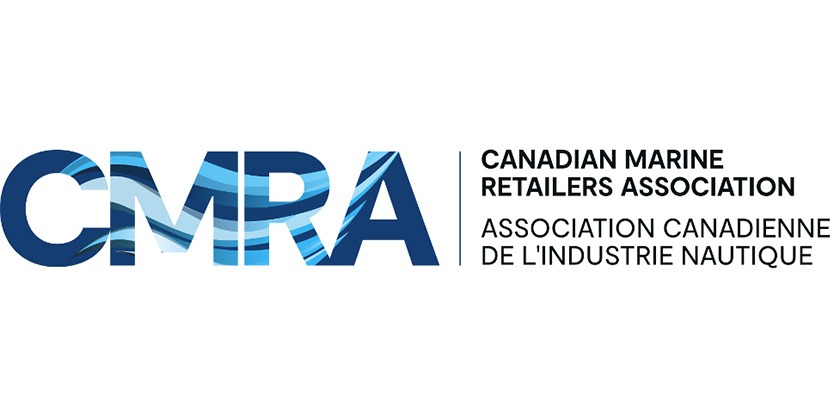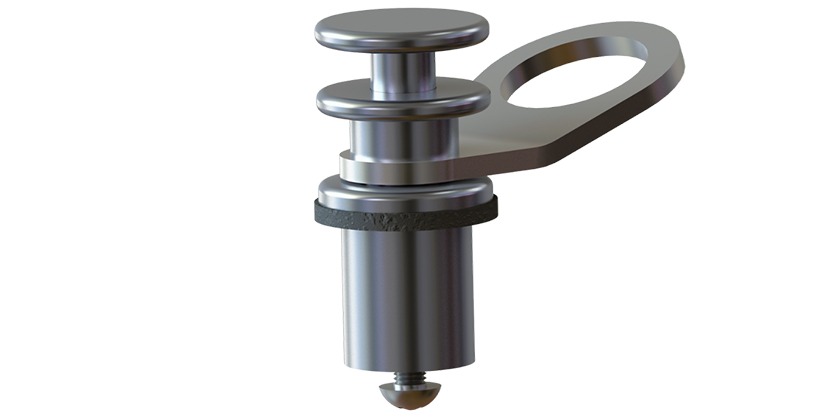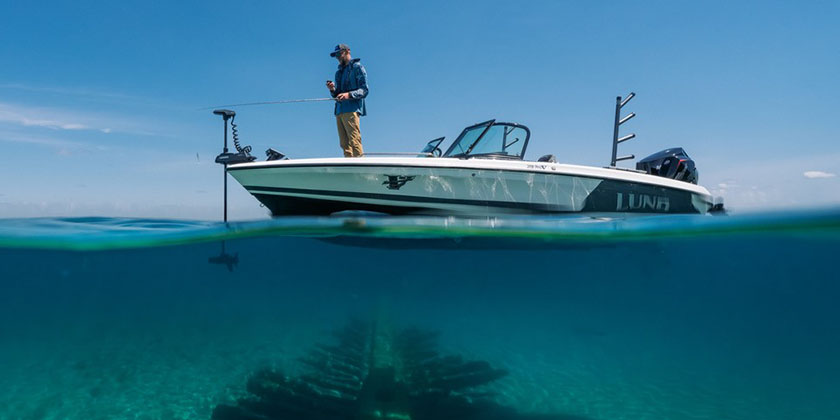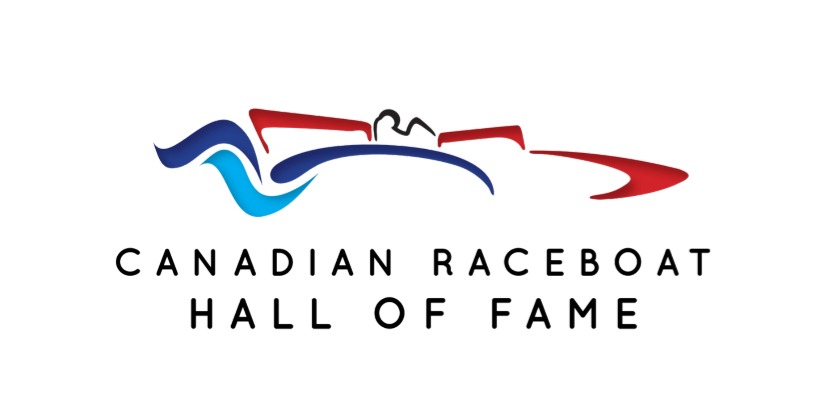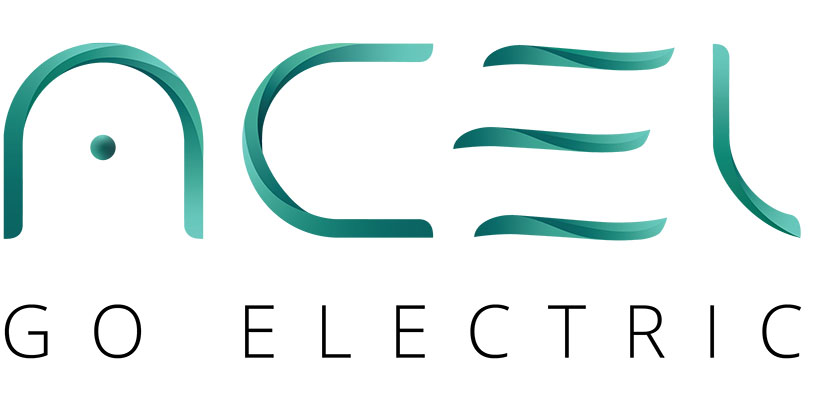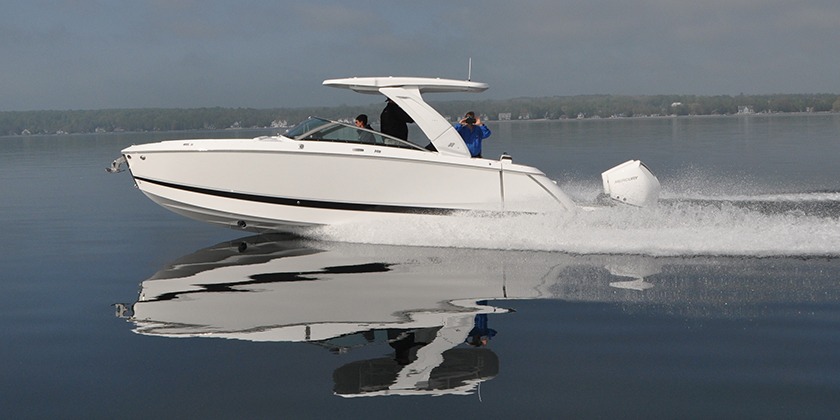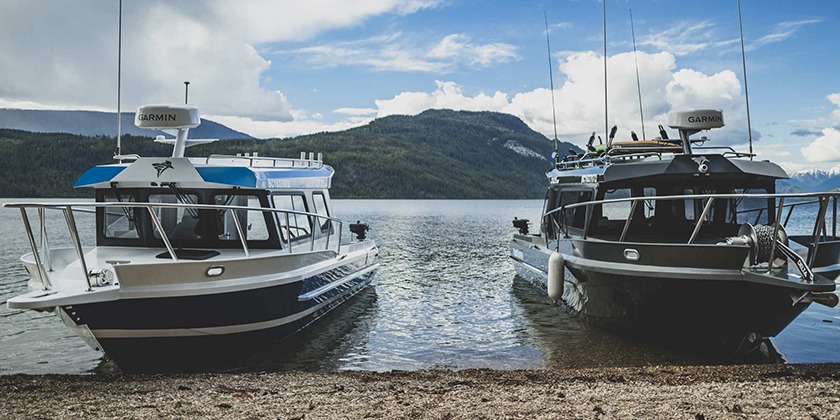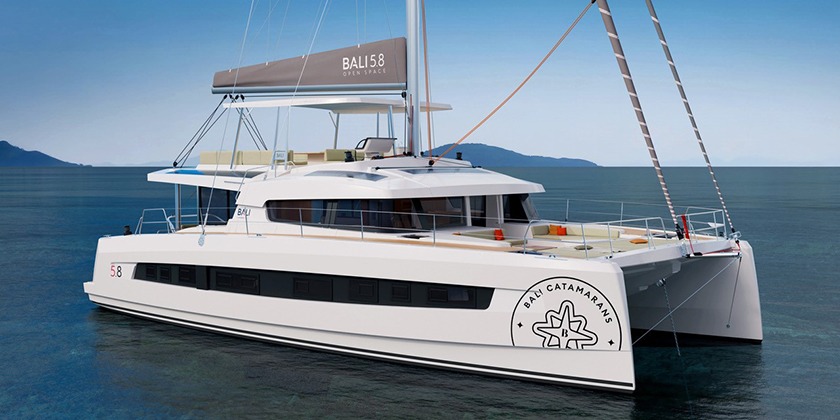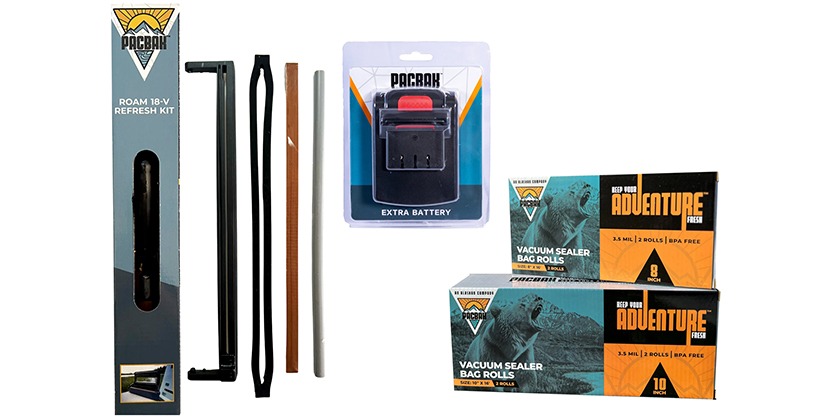CHECK THOSE CONNECTIONS!

Ed Sherman
Recently I read a report provided by Boat US, the largest insurer of recreational boats in the US,
that looked at their top ten insurance claim areas over the last five years. Number 5 on their list
caught my eye. While only representing only 2.5% of all claims in the past five years, boat fires
and explosions came in at number two on their list in terms of dollars paid out in claims. Number
one was theft. The reason for this extreme dollar amount is that theft, fire and boat explosions
almost always equate to a total loss for the insurer.
The report went on to mention that the most common cause for boat fires is faulty electrical
wiring, and sadly, with some relatively simple periodic checks and workmanship improvements
the problems could be reduced dramatically. As the senior instructor for the ABYC and the
Director of Educational Programming for that organization this is an area where I spend a lot of
time trying to teach and show people what it takes to mitigate this potential for fires caused by
electrical system faults.
Years of observation has shown me without any doubt that the source of most of these fires is
found at wire and cable termination points. It all makes sense then that the ABYC electrical
standards contain quite a few recommendations for these terminations, and not following them
is the root cause for many a boat fire. I'll share some of these with you in this article in the
hopes that you may spend some time over the winter months looking at your own boat to see if
you can find any of these faults, and most important, get the faults repaired!
The basic issue here centers around one of the essential laws applied to all things electrical,
OHM's Law. This law mathematically explains the relationship between the three primary
constituents that make up electricity, volts, ohms and amps. The law describes what happens to
each of these electrical players as their value changes in the real world operation of an electrical
circuit. One of the facts that can be extrapolated from this law is that if electrical system voltage
remains constant and electrical resistance, or ohms increases, amperage flow in the electrical
circuit will decrease.
But simultaneously, we also know the net result here is the generation of
heat since some of the available energy can't get to the electrical device and get work done it's
dispersing itself in the only way it can, as heat. If you generate enough heat, you end up with a
boat on fire!
Next, its important to understand clearly the things in an electrical circuit that can cause this
excessive electrical resistance. Loose connections are one cause, another is excessive
corrosion at terminations and a third is the use of wiring that is too small in diameter for the
amount of amperage we need to distribute through the circuit. All three of these items are easily
within the boat builder and boat owner's control, either at the design and build stage or
from a routine maintenance perspective.
Let's take a look at the result of some really common wiring mistakes and learn about what caused the
problem shown. The photo on the left shows clearly what is probably the most common cause of boat and
marina fires, faulty shore power cords and connections. You can clearly see the brown burned plastic around the terminals.
This is caused by loose contacts, most often in the dock box you plug your boat into. You should check your
shore cord(s) frequently to make sure there are no signs of overheating such as you see here.
The next step here could be a fire. This can happen quite quickly too since these plug
assemblies are a focal point where all the electrical current supplying the boat must go through
these terminal contacts. This especially risky if you are running electrical space heaters during
the colder months on your boat.
The heaters draw relatively high amounts of amperage. During summer months, air
conditioners and refrigeration units can also be high current
users and give the same net result if the connections are not
up to par.
In this photo (right), taken with an infrared camera, you can
see the hot spot as the bright orange. The photo is of a shore
power cord at the boat end.
In this case, the actual heat is just
slightly over 80 degrees F or just under 27 degrees C, but it is
all running at approximately 20 degrees warmer than the
surrounding area. Service technicians
are told to take note and inspect further if a 20-25 degree rise over the
surrounding area is observed.
Further visual inspection here will
undoubtedly show corrosion or a loose terminal on either the male of
female end of the plug assembly. It needs to be repaired before things
get any worse.
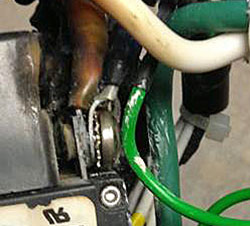 In this photo (left) the issue is workmanship. If you look carefully you can
In this photo (left) the issue is workmanship. If you look carefully you can
see two crimp terminals stacked onto the same screw connection. They
should be fanned so that they are not actually on top of one another.
In this case the installer stacked the two wires and terminals and tightened
the screw as much as they could. Unfortunately, tight was not tight
enough and complete contact of the crimp connector metal with the screw and mount surface
on the circuit breaker shown was never made. This created an electrically resistive connection
from the moment this was done and the heat generated as a result is
beginning to show on the insulation of the terminal and wire. Left unattended and a fire could be the next phase of this.
 Incidentally thiswould never trip the circuit breaker because less current that the rating of the breaker would actually be flowing
Incidentally thiswould never trip the circuit breaker because less current that the rating of the breaker would actually be flowing
through that point in the circuit. The photo here (left) shows essentially the same thing. Notice how the PVC insulating barrels on the
two crimp connectors are showing sighs of overheating and are badly discolored.
In the photo below, a small fire had already begun, but fortunately didn't migrate too far in the
boat. The screw terminal strip shown probably had screws bearing directly onto the individual
strands of the wire inserted into the strip.
This is not allowed based on the ABYC standard
because the screws damage the strands, which in effect reduces the effective amperage
handling capabilities of the cables inserted into the strip. Or its also possible that the actual
component amperage rating is under specification.
The black white and green insulation on the
cables tells me we're looking at shore power level current, so it could be anywhere from 15-30
amps of current expected to conduct through that strip. The bottom line here is simple, a
resistive point was created in the circuit, probably by not following well established
recommendations found within the ABYC electrical standard E-11.
So, during the long winter doldrums, spend a little time checking your connections. A loose
screw here and repositioning a terminal there could be the difference between a trouble-free
boating season or a boat that's too hot to handle.

